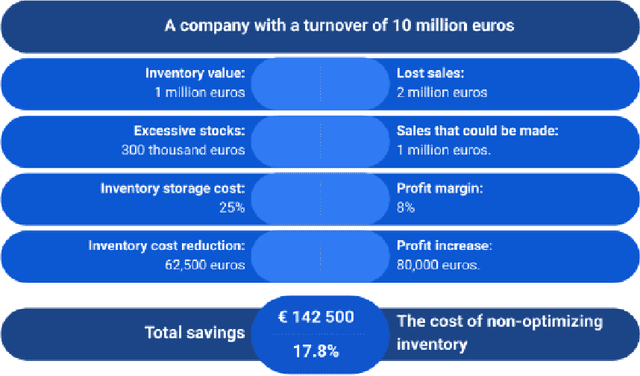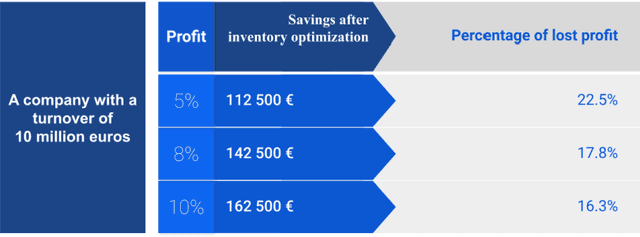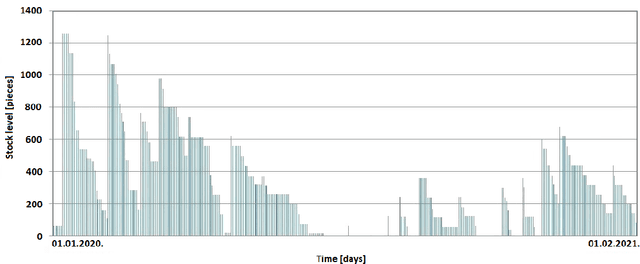Sead Delalic
A Recurrent Neural Network Approach to the Answering Machine Detection Problem
Oct 07, 2024Abstract:In the field of telecommunications and cloud communications, accurately and in real-time detecting whether a human or an answering machine has answered an outbound call is of paramount importance. This problem is of particular significance during campaigns as it enhances service quality, efficiency and cost reduction through precise caller identification. Despite the significance of the field, it remains inadequately explored in the existing literature. This paper presents an innovative approach to answering machine detection that leverages transfer learning through the YAMNet model for feature extraction. The YAMNet architecture facilitates the training of a recurrent-based classifier, enabling real-time processing of audio streams, as opposed to fixed-length recordings. The results demonstrate an accuracy of over 96% on the test set. Furthermore, we conduct an in-depth analysis of misclassified samples and reveal that an accuracy exceeding 98% can be achieved with the integration of a silence detection algorithm, such as the one provided by FFmpeg.
Comparison Analysis of Facebook's Prophet, Amazon's DeepAR+ and CNN-QR Algorithms for Successful Real-World Sales Forecasting
May 03, 2021



Abstract:By successfully solving the problem of forecasting, the processes in the work of various companies are optimized and savings are achieved. In this process, the analysis of time series data is of particular importance. Since the creation of Facebook's Prophet, and Amazon's DeepAR+ and CNN-QR forecasting models, algorithms have attracted a great deal of attention. The paper presents the application and comparison of the above algorithms for sales forecasting in distribution companies. A detailed comparison of the performance of algorithms over real data with different lengths of sales history was made. The results show that Prophet gives better results for items with a longer history and frequent sales, while Amazon's algorithms show superiority for items without a long history and items that are rarely sold.
 Add to Chrome
Add to Chrome Add to Firefox
Add to Firefox Add to Edge
Add to Edge